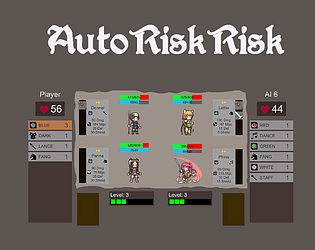"Tempest Rising: A Nostalgic '90s RTS Experience"
From the moment I launched the Tempest Rising demo, I was filled with a sense of anticipation and nostalgia. The opening cinematic, complete with its cheesy dialogue delivered by bulky armored soldiers and a reedy scientist, had me grinning from ear to ear. The game's music, user interface, and units all felt like a deliberate throwback to my high school days, where I'd spend countless nights playing Command & Conquer, fueled by Mountain Dew, taco-flavored Pringles, and the thrill of sleep deprivation. Experiencing that same excitement through a new game in the modern era is exhilarating, and I'm eager to see what Slipgate Ironworks has planned for the full release and beyond. Whether I was diving into Skirmish mode to challenge the clever AI bots or engaging in Ranked Multiplayer, playing Tempest Rising felt as familiar and comforting as slipping on a well-worn baseball glove.
This nostalgic feel was no accident. The developers at Slipgate Ironworks set out to create a real-time strategy (RTS) game that not only evokes the classics of the '90s and 2000s but also incorporates modern quality-of-life improvements. Set in an alternate 1997, Tempest Rising unfolds in a world where the Cuban Missile Crisis has escalated into World War 3. In the aftermath of nuclear devastation, mysterious flowering vines have emerged, brimming with electrical energy. This new resource becomes a critical asset for those willing to brave the fallout to harness its power.
Tempest Rising Screenshots

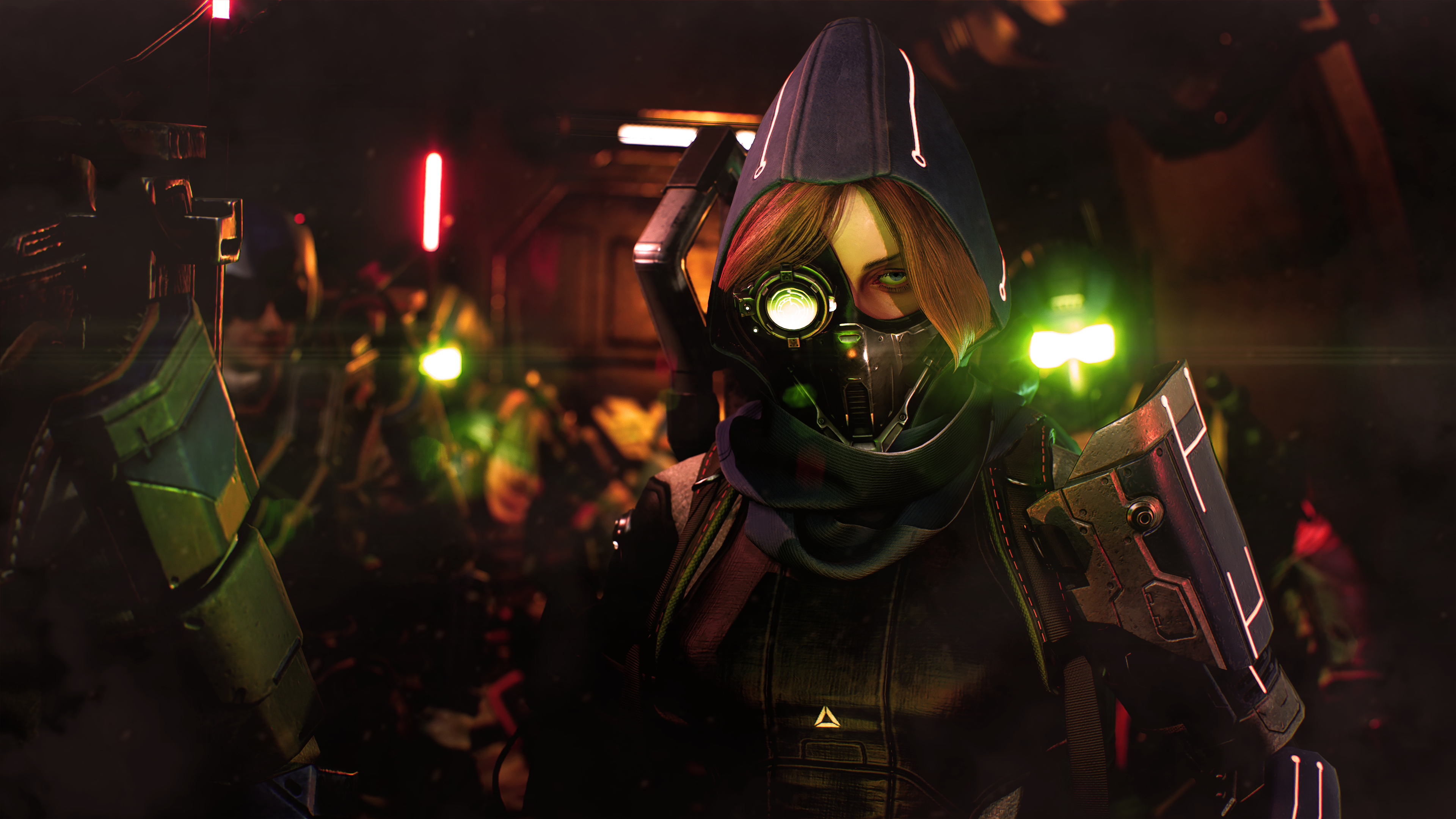 8 Images
8 Images
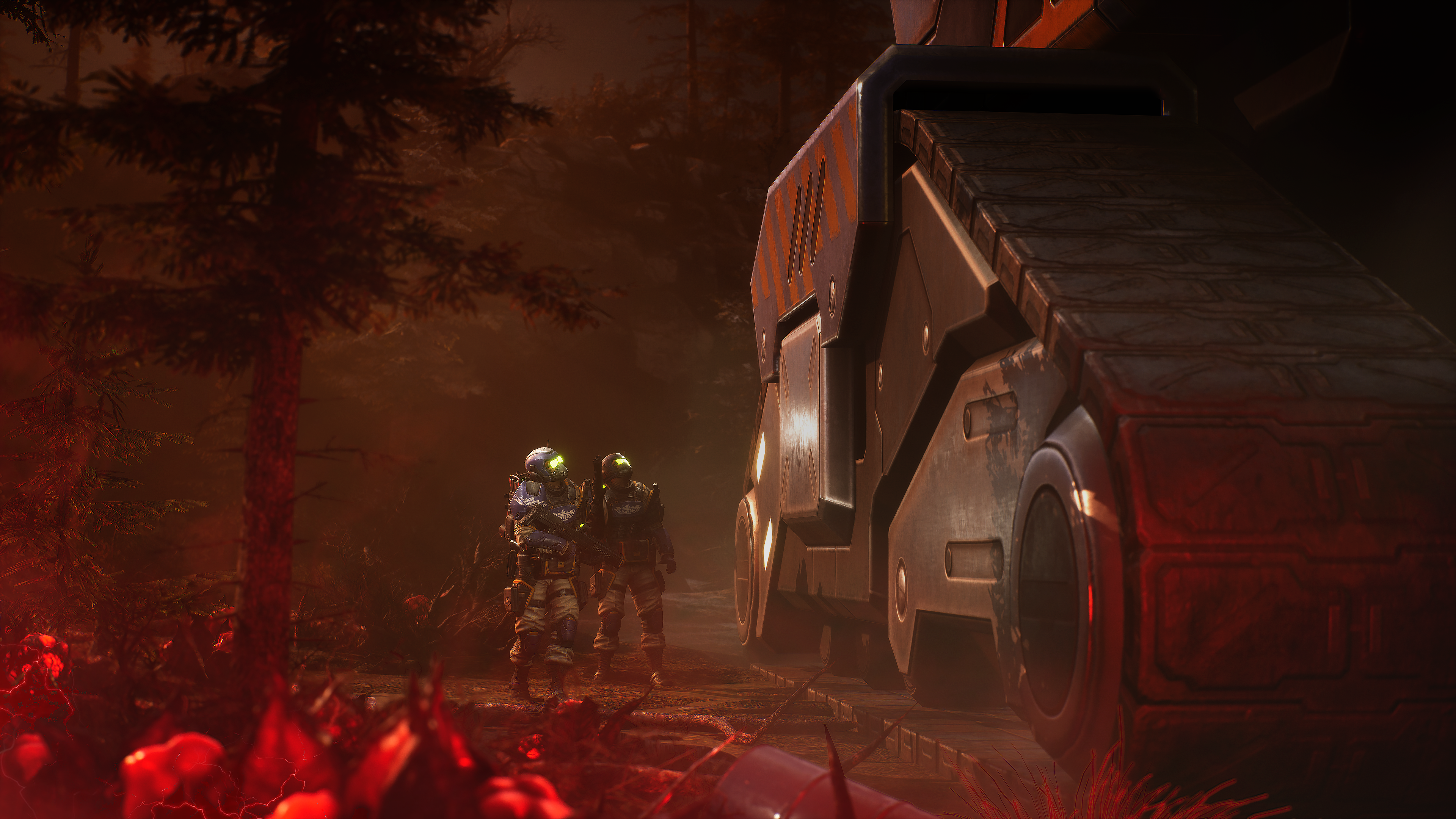
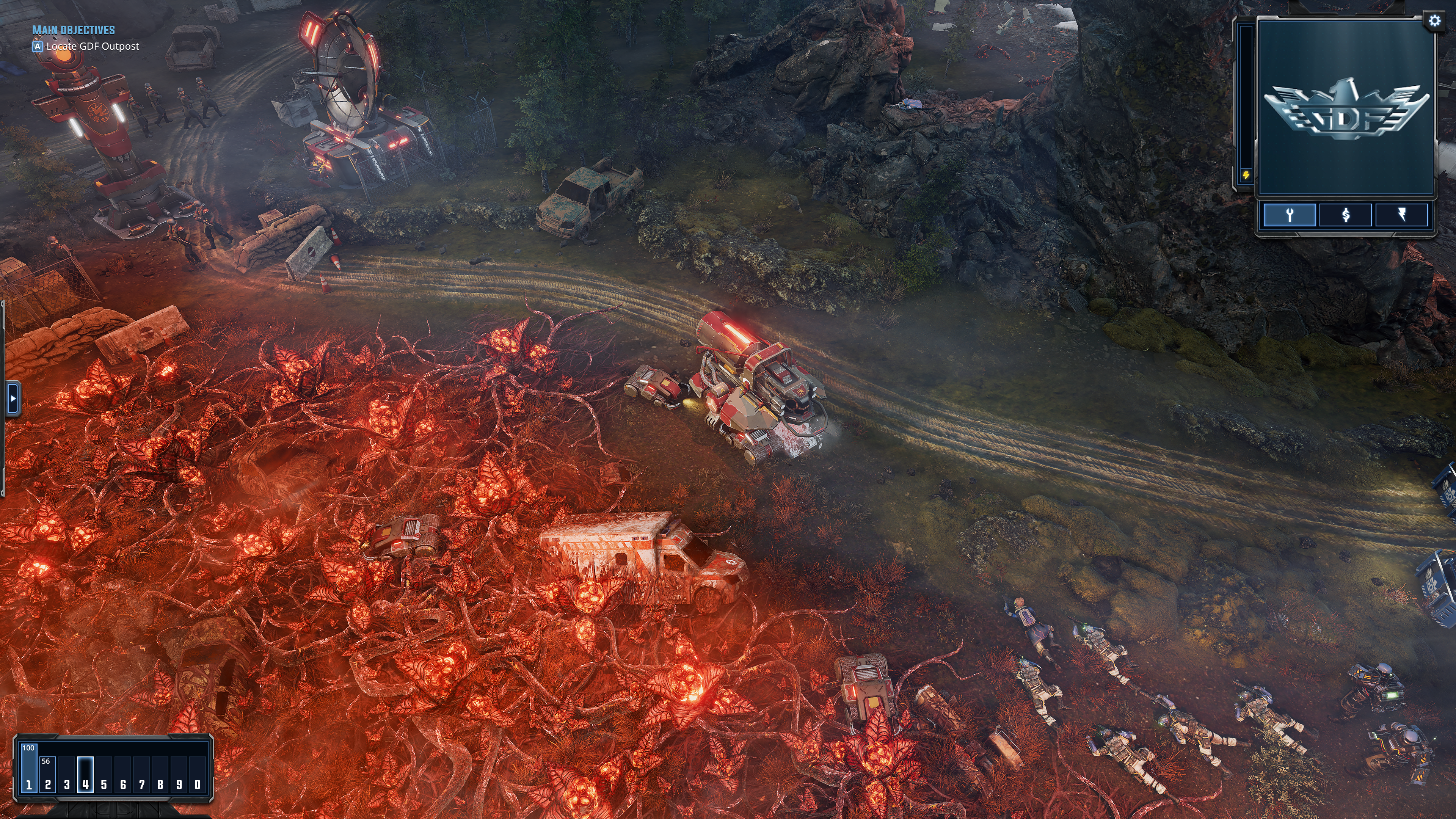
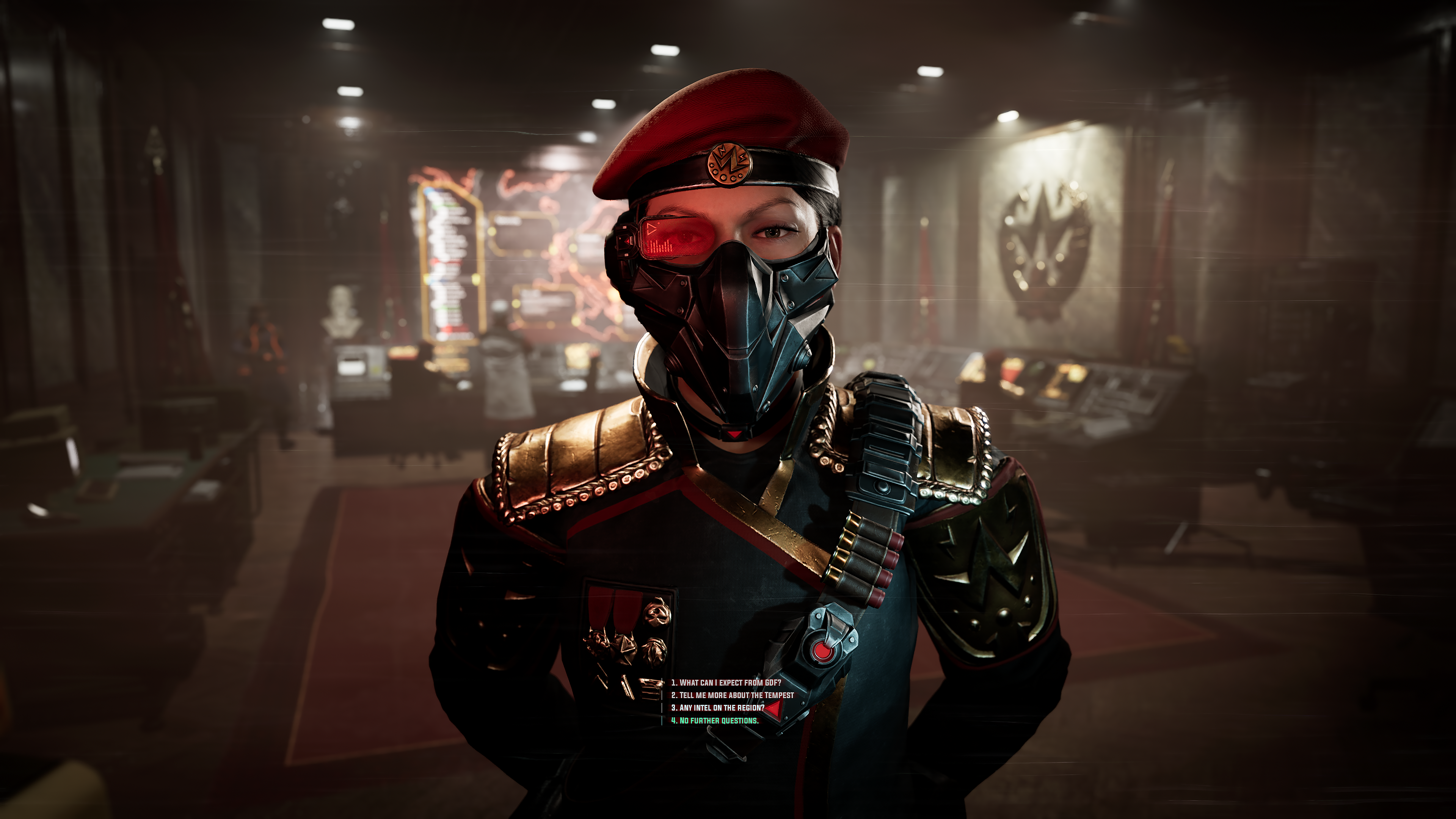
Although the demo I played focused solely on multiplayer, I'm eager to experience the story mode, which promises two replayable 11-mission campaigns, each representing one of the main factions featured in the preview. The Tempest Dynasty (TD), an alliance of Eastern European and Asian nations hit hardest by WW3, and the Global Defense Forces (GDF), comprising the United States, Canada, and Western Europe, are the factions available. There's a third faction as well, but details about it will remain under wraps until the campaign is released, as it's not playable in the preview, the Steam RTS Fest demo, or at launch.
The Tempest Dynasty immediately captured my attention, not only due to their quirky 'death ball' vehicle, the Tempest Sphere, which amusingly rolls over and crushes enemy infantry, but also because of their strategic 'plans' system. These plans allow for faction-wide bonuses in three distinct categories, activated through the Construction Yard, the starting building for all players. With a bit of extra power generation and a 30-second cooldown for switching plans, you're set to leverage these strategic advantages.
The Logistics Plan accelerates structure building and resource harvesting, including faster-moving resource harvesters. The Martial Plan enhances unit attack speeds, provides resistance to explosives, and allows Machinist units to sacrifice health for a 50% increase in attack speed. The Security Plan reduces the cost of producing units and buildings, enhances repair functions, and extends Radar vision. I found a strategic rhythm by cycling through these plans: boosting my economy with Logistics, speeding up construction with Security, and then launching offensives with the Martial Plan's combat enhancements.
The flexibility of the Tempest Dynasty extends to resource gathering as well. Instead of the traditional Refinery setup, the Dynasty employs Tempest Rigs, mobile units that harvest resources from designated areas until depletion, then relocate to new sites. This approach made my preferred 'fast expand' strategy more straightforward, especially since the rigs could operate far from my base without detection, ensuring a steady income.
Another intriguing unit is the Salvage Van, which not only repairs nearby vehicles but can switch to Salvage Mode, destroying any nearby vehicle and returning resources to the player. Sneaking up on inattentive opponents and deploying a Salvage Van to dismantle their units was a satisfying way to weaken their forces while boosting my resources.
Dynasty power plants offer the ability to switch to 'Distribution Mode,' which speeds up nearby building construction and attack rates, albeit at the cost of taking damage. Thankfully, this mode automatically deactivates when buildings reach critical health, preventing self-destruction.
While I'm drawn to the Tempest Dynasty, the GDF also offers compelling gameplay with its focus on buffing allies, debuffing enemies, and controlling the battlefield. My favorite GDF strategy involves the Marking mechanic, where certain units can mark enemies, causing them to drop Intel upon defeat. This Intel can be used to unlock advanced units and structures, and with the right Doctrine upgrades, marked enemies suffer various debuffs, enhancing the effectiveness of GDF forces.
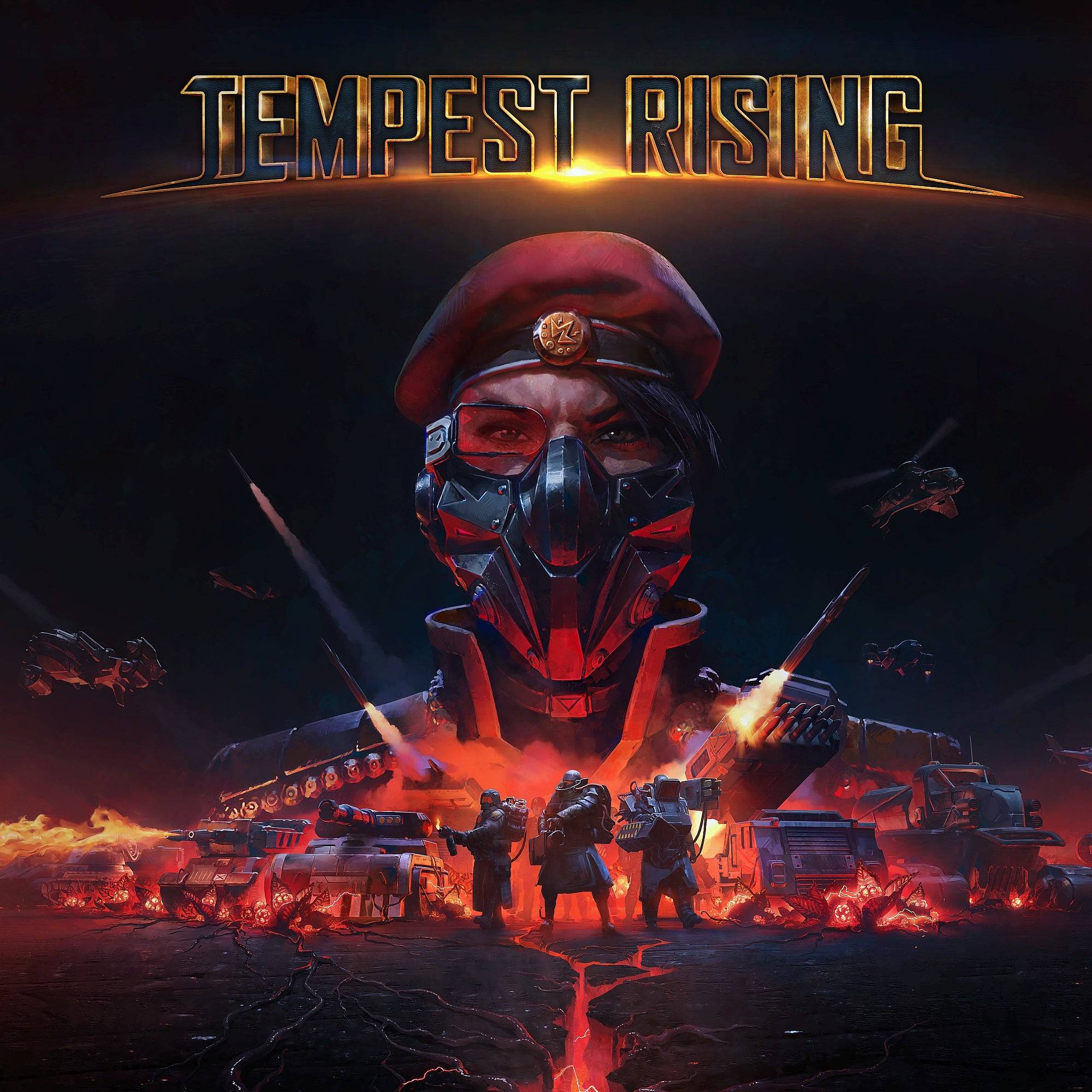 Tempest Rising3D Realms Wishlist
Tempest Rising3D Realms Wishlist
Each faction explores three tech trees, allowing players to specialize in different aspects of their faction's strategy. The Dynasty, for example, has a tree that enhances their 'Plans,' while the GDF focuses on 'Marking & Intel.' Additionally, advanced buildings unlock cooldown abilities, which, while costly, can significantly influence the outcome of battles and add unique strategic flavors to each faction. The GDF's abilities include deploying spy drones, establishing remote building beacons, and temporarily disabling enemy vehicles.
Given the Dynasty's fewer but upgradeable buildings, losing one to an enemy Engineer can be detrimental. To mitigate this, the Dynasty's Lockdown ability prevents enemy takeovers, albeit at the cost of the building's functionality. The Field Infirmary ability, allowing for the deployment of a stationary troop-healing area anywhere on the map, complements the Dynasty's repair-focused units and vehicles.
There's much more to explore, and I'm looking forward to diving deeper, especially with the full launch offering Custom Lobbies for team play against the clever AI bots, which showcased impressive tactics during my Skirmish sessions. Until then, I'll continue battling solo, relishing the joy of crushing my bot enemies with swarms of death balls.
-
The meteoric rise of Marvel Rivals, NetEase's multiplayer game, has been met with both praise and legal trouble. Although the game rapidly attracted millions of players, its success has been shadowed by serious legal issues for the developer.In JanuaAuthor : Violet Dec 22,2025
-
Digimon Con 2025 has teased a new TCG announcement for fans.Strong hints suggest a mobile-related project is in development.Could this be a potential competitor to Pokémon TCG Pocket?For fans of the long-running Digimon franchise, the upcoming DigimoAuthor : Alexis Dec 21,2025
- Spring Valley Farm Game: January 2025 Redeem Codes
- WWE Superstars Join Call of Duty Warzone: Mobile Roster
- Midnight Girl is a minimalist point-and-click adventure set in Paris in the 60s, now open for pre-orders on mobile
- Mobile Legends: Bang Bang – Best Lukas Build
- "Grand Outlaws Unleashes Chaos and Crime on Android Soft Launch"
- Video Game Song Surpasses 100 Million Streams on Spotify












